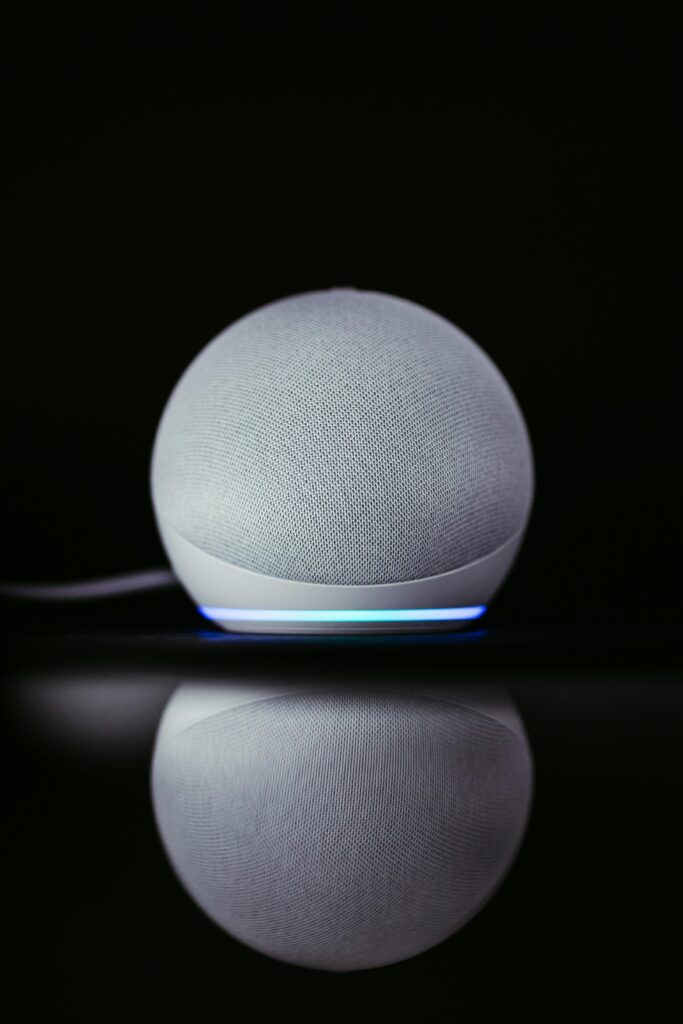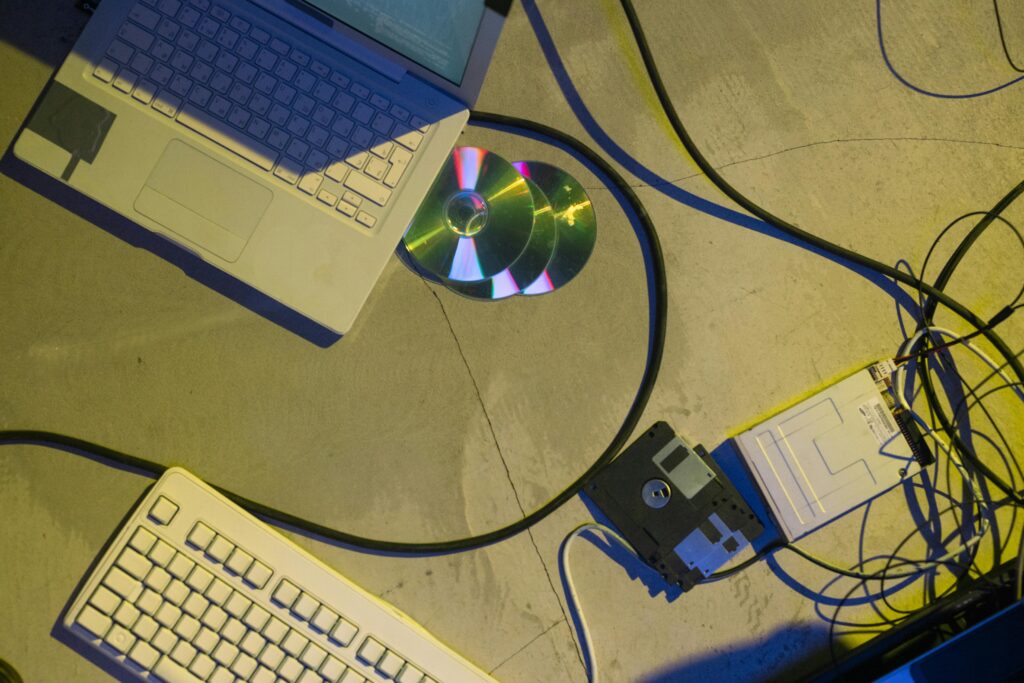Echo Tech

In today’s era of rapid technological growth, Echo Tech has become one of the most fascinating and transformative innovations in the tech industry. The science and technology known as “Echo Tech” use sound waves, voice recognition, and echo-based systems to collect data, automate actions, or communicate between humans and machines. These methods are referred to as “Echo Tech.” From smart home devices like Amazon Echo to medical ultrasound imaging, Echo Tech has deeply influenced how we interact with technology in daily life. It enables devices to comprehend and respond to our voices in real time by bridging the gap between artificial intelligence and human communication. Echo Tech is finding its way into healthcare, automation, industrial monitoring, and even entertainment as industries change.
Contents
- 1 1. What Is an Echo Tech
- 2 2. The Science Behind Echo Technology
- 3 3. Evolution of Echo Tech
- 4 4. Echo Tech in Smart Homes
- 5 5. Echo Tech in Healthcare
- 6 6. Industrial and Environmental Applications
- 7 7. Integration with Artificial Intelligence
- 8 8. Security and Privacy Challenges
- 9 9. The Future of Echo Technology
- 10 10. How Echo Tech Impacts Daily Life
1. What Is an Echo Tech

The term “Echo Technology,” abbreviated as “Echo Tech,” refers to the idea of using sound waves (echoes) to detect, analyze, and respond to changes in the environment or commands. When a sound wave is emitted and bounces back after hitting an object, the returning signal—called an echo—provides valuable information. This principle is used in technologies such as sonar, radar, ultrasound, and voice-activated smart devices. The Echo Tech system inside the device, for instance, captures, processes, and responds to your voice when you say, “Alexa, play music.”
2. The Science Behind Echo Technology

Acoustics is the science that underpins Echo Tech. Reflection occurs when sound waves encounter an object. Devices can measure distance, detect motion, and even interpret human speech by analyzing these reflections. Bats and dolphins use echolocation to navigate and hunt, so this process is similar. Echo Tech uses electronic sensors, microphones, and algorithms based on artificial intelligence to implement this natural mechanism. A system that can “hear,” “analyze,” and “respond” as a result
3. Evolution of Echo Tech

Beginning with the fundamental sonar systems that were utilized in submarines during World War II to locate underwater objects, Echo Tech began its journey. Later, the same idea led to the development of medical ultrasound machines. In the 21st century, AI-powered virtual assistants like Amazon Echo, Siri, and Google Assistant have made Echo Tech an integral part of everyday life. These systems now not only recognize words but also interpret tone, emotion, and intent—making human-computer interaction more natural than ever before.
4. Echo Tech in Smart Homes
One of the most common uses of Echo Tech today is in smart homes. Devices such as Amazon Echo, Google Nest, and Apple HomePod allow users to control lights, fans, TVs, and security systems with just their voice. For instance, a simple command like “Alexa, turn off the lights” activates an entire automation system. Echo Tech has therefore become the core of home automation, providing convenience, accessibility, and energy efficiency. As more IoT (Internet of Things) devices become connected, Echo Tech continues to play an essential role in creating intelligent living environments.
5. Echo Tech in Healthcare
Medical science has been revolutionized by Echo Tech. Devices such as ultrasound scanners and echocardiograms use high-frequency sound waves to visualize internal organs and monitor heart function. These technologies are non-invasive, which means that they provide accurate diagnostic data without causing harm to the body. An ultrasound, for instance, is used by doctors to safely monitor fetal development during pregnancy. Additionally, Echo Tech is expanding into AI-driven diagnostic tools that can automatically identify abnormalities and recommend treatments, thereby enhancing the speed and accuracy of healthcare.
6. Industrial and Environmental Applications
Echo Tech has applications in the industrial and environmental sectors in addition to hospitals and homes. Echo-based sensors in factories aid in the detection of gas leaks, machine monitoring, and worker safety. Echo technology is utilized in sonar mapping of ocean floors, underwater pollution detection, and wildlife habitat monitoring in environmental science. These applications help scientists and engineers collect data without causing damage to natural ecosystems. The precision and reliability of echo-based systems make them vital for research, navigation, and sustainable development.
7. Integration with Artificial Intelligence
When combined with Machine Learning (ML) and Artificial Intelligence (AI), Echo Tech gains even more power. Echo systems can recognize voices, adjust to accents, and even anticipate commands thanks to AI. Natural language processing (NLP), for instance, is used by voice assistants like Alexa and Google Assistant to comprehend intricate phrases and respond intelligently. Emotion recognition, personalized experiences, and adaptive sound-based controls that learn user preferences over time are all possible thanks to this integration.
8. Security and Privacy Challenges
Echo Tech is convenient, but it also raises privacy and data security concerns. Voice-controlled devices frequently store recordings on cloud servers that, if not properly secured, could be accessed or abused. Additionally, some users have felt uneasy as a result of smart devices’ constant listening. To address these issues, companies are investing heavily in data encryption, local processing, and transparent privacy settings to ensure that Echo Tech remains both secure and trustworthy.
9. The Future of Echo Technology
Echo Tech appears to have an extremely bright future. Echo Tech will become even more intelligent and effective as AI, 5G, and IoT technologies advance. We can expect innovations such as echo-based navigation for autonomous robots, smart wearables that monitor health through sound waves, and advanced communication systems that respond to emotion and tone. Echo Tech is likely to deepen its integration with education, entertainment, and medicine over the next ten years, transforming our worldview.
10. How Echo Tech Impacts Daily Life
Silently incorporated into our daily routines, Echo Tech makes life easier and more productive. Echo Tech is at work when your smartwatch vibrates to listen to your heartbeat, or your car uses sensors to warn you of an obstacle. It enables hands-free communication, enhances safety, and improves personal productivity. Echo Tech improves sound quality and 3D audio experiences in entertainment. Its presence is everywhere, at home, at work, or while traveling, enhancing lives in ways that we frequently take for granted.
Conclusion
Echo Tech is more than just a new technology; it also changes how people interact with machines. Smarter communication, safer healthcare, and more effective automation are all made possible by transforming sound waves into meaningful data. Echo Tech will continue to evolve, offering a future in which devices understand us better than ever before as the boundaries of AI and acoustics continue to blur. Echo Tech ensures precision, speed, and intelligence in every interaction, whether you are controlling your smart home or receiving a medical diagnosis. The world’s future will be smarter and more connected thanks to the harmony between sound and technology..
FAQs
What are the key uses of Echo Tech?
Echo Tech is utilized extensively in AI-powered communication systems, healthcare diagnostics, environmental monitoring, industrial safety, and smart home automation.
Is Echo Tech safe for human use?
Yes, Echo Tech uses sound waves that are not harmful, so it is safe for both personal and medical applications like ultrasounds and voice-controlled devices.
How will Echo Tech change the future?
Echo Tech will lead to more interactive, human-like AI systems, advanced healthcare monitoring, and intelligent machines capable of learning through sound-based communication.




